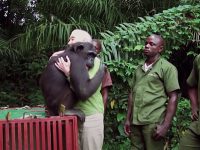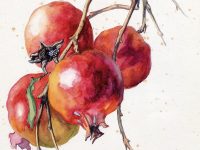Frustrated, misunderstood and forgotten
Spanish explorers of the Enlightenment
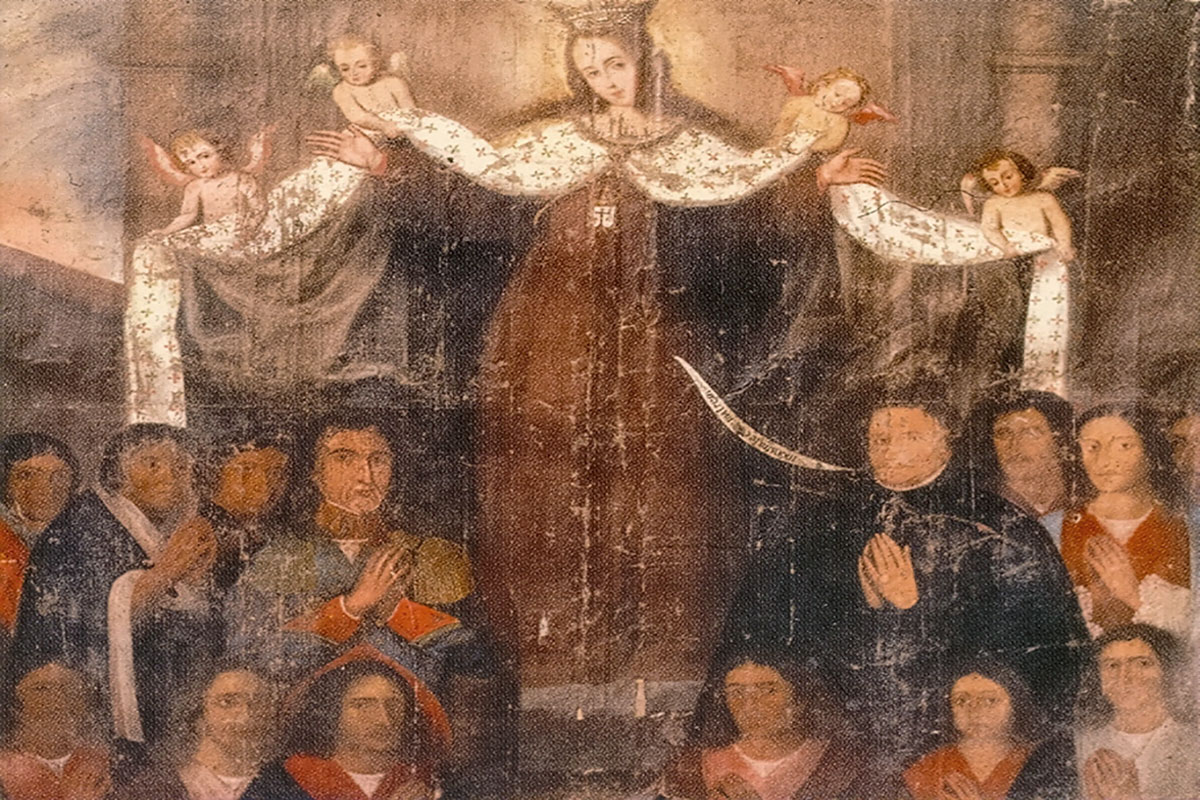
During the seventeenth century, the Spanish Crown had turned its back on the rich cultural heritage of its colonies; however, in the late eighteenth century it resumed its previous proactive attitude towards discovery. As in many actions promoted during the Enlightenment, men and institutions came to serve the interests of Government, which were not always well defined, nor executed in the best possible way.
These exploratory voyages were to involve Spain’s participation in a generalized trend shared by other European empires, where expeditionary adventure entailed not only the respective Crown’s claims on colonial territories, but also the commission of cartographic studies and catalogues of natural resources, with potential trade in mind. Although the Spanish Crown was a latecomer to this expeditionary trend, underway since the seventeenth century in the rest of Europe, it would do so with great enthusiasm and lofty economic costs.
The enlightened expeditionary project
The Spanish expeditionary project began to occupy the minds of the enlightened Spaniards around 1776, on occasion of a wish expressed by the French Crown to conduct a scientific voyage to the Spanish territory of Peru. This practice was nothing new, if we consider, for instance, the participation of Jorge Juan and Antonio de Ulloa in the expedition led by Charles de La Condamine just a few years earlier. Nor was Hispanic interest in conducting nature studies in America novel, as evidenced by the participation of a team of naturalists led by José de Iturriaga on the Expedición de Límites, in the mid-eighteenth century (Puerto Sarmiento, 1988).
But it was during the last quarter of the eighteenth century that part of the Spanish political elite seemed to become aware of the need to encourage new and useful sciences. It was then that the latent ideological willingness to address American relations from this new perspective was to stir, a view encouraged by Pedro Rodríguez Campomanes in his discourse on popular education Discurso sobre la educación popular, dated 1775.
«Expeditionary adventure entailed not only the respective Crown’s claims on colonial territories, but also the commission of cartographic studies and catalogues of natural resources, with potential trade in mind»
The Spanish expeditionary programme, concocted as a result the French Crown’s request to explore Peru, was to be under the guidance of the Spanish Ministry known as Secretaría de Gracia y Justicia de Indias, then directed by José de Gálvez. The technical aspects were entrusted to Casimiro Gómez Ortega, leading professor at the Spanish Royal Gardens (Real Jardín), who acted as a «government manager». Indeed, Gómez Ortega was to become the technical director de facto of the Franco-Spanish expedition to the Viceroyalty of Peru, the colonial administrative district known as Virreinato del Perú. He was to choose his disciples, Hipólito Ruiz and José Pavón, to travel as official botanists to accompany the French naturalist Joseph Dombey, and he glossed over their youth and scanty knowledge of both the region and subject under study. To be sure, despite these shortcomings, Hipólito Ruiz was granted the task of managing the enterprise (González Bueno and Rodríguez Nozal, 2000).
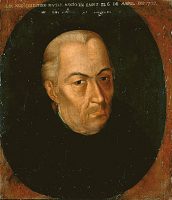
The expedition led by José Celestino Mutis, in the Viceroyalty of New Granada, was not, in practice, subject to instructions from Madrid. This expedition, a fait accompli, was directed by the Viceroy-Archbishop in early 1783, without waiting for the Crown’s consent. Here we see a portrait of José Celestino Mutis, taken in 1811 by Pablo Antonio García del Campo. / SINC Reial Jardí Botànic-CSIC
For nearly four years, between 1777 and 1781, the expedition gathered plants along the coast of Lima and the Andean mountain range. However, the rebellion led by Diego Cristóbal Túpac Amaru kept them from working freely in the mountains of Peru; apparently the Spanish Crown did not wish a foreigner to know about the rebellion in Spanish colonial territory. Thus, the expedition switched destination: Chile; through whose lands they travelled between 1781 and 1783. On his return to the port of Callao, in April 1784, Joseph Dombey embarked to Cadiz and upon arrival was subjected to a tough and lengthy cross-examination by Gómez Ortega.
Once the French naturalist had returned to the metropole, the Spanish botanists returned to the Andean quinine plantations, where they worked in a landscape shrouded in dense fog and personal conflicts, until the end of January 1788. Then, in late March of that year they embarked at Callao bound for Cadiz, where they were to arrive in September of the same year. There began a new stage of the expedition on the Peninsula, no calmer in day to day events.
While the Spanish explorers were working on the quinine plantations of the Andes, in early 1787 a new commission would come their way. Juan Bautista Muñoz, (Cosmographer of Indies in charge of reorganizing the collections of expelled Jesuits in the library of the Colegio Imperial de Madrid), came across a copy of the manuscripts by Francisco Hernández (physician to Philip II), who had travelled to the «New Spain» to study its natural products in 1570. The news reached José de Gálvez, Minister of the Indies, who commissioned Gómez Ortega to update and publish the manuscript.
«The expedition led by Mutis reveals an independent choice of the colony to bring new sciences and novel technologies to the future Colombia»
Just a couple of years earlier, in the spring of 1785, Martín Sessé, an Aragonese physician practising in Mexico, wrote to the leading professor of the Spanish Royal Gardens proposing a botanical expedition should be made to institutionalize new health teachings in the colonial territory, as well as cataloguing the natural resources of the Viceroyalty of New Spain.
All this led to a botanical expedition to New Spain, formalized in March 1787. Also, instructions were given to its director, Martín Sessé, to create a botanical garden in Mexico, like the one in Madrid, to renew health studies and centralize the work of cataloguing the natural riches of the Viceroyalty. In his writings, Martín Sessé assigns 1 October 1787 as the expedition starting date, and the first year of Botanical teachings in Mexico began on 2 May 1788 (Moreno, 1988). In 1790 the first disciples trained at the new garden joined the expedition: José Mariano Mociño and José Maldonado. The expedition returned to the metropole, not without difficulty, during the second half of 1803.
They then resumed the process of identifying and cataloguing the natural riches of the New World, although it continued in ways other than those planned by the Crown. This was the case of the expedition led by José Celestino Mutis, in the Viceroyalty of New Granada, which was not, in practice, subject to the instructions laid down in Madrid. This expedition, a fait accompli, was commissioned by the Viceroy-Archbishop in early 1783, without waiting for the Crown’s consent. The characteristics of this expedition clearly show the colony’s autonomous decision to bring new sciences and novel technologies to the future Colombia, an attitude far from the metropole’s intentions at that time. Gómez Ortega entreated José de Gálvez for the expeditions to Peru and New Granada to share their results. Furthermore, the monarch should have access to them by royal decree of 21 November 1783, but this provision was not enforced. This lack of communication led to clashes between the two expeditions, whose «scientific» presentation of the American wealth merely hid the underlying problem: economic control of colonial riches (González Bueno, 2008).
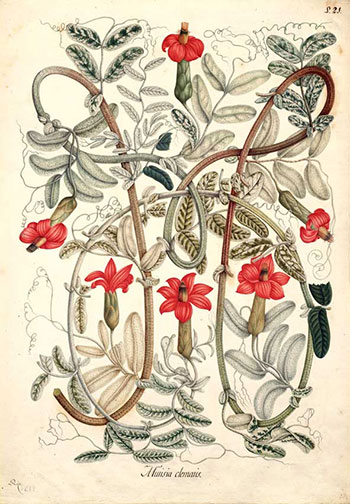
Drawing of Mutisia clematis by Salvador Rizo, on the botanical expedition under José Celestino Mutis to the New Kingdom of Granada (1783-1816). The plant was so named by Carl von Linné in honour of Mutis. / Real Jardín Botánico-CSIC
The expedition to the Philippines aimed to open up new trade routes between the Archipelago and Spain, an initiative of the Royal Company of the Philippines, founded in 1785. Juan de Cuéllar was contracted by the Royal Company, but he was chosen by Gómez Ortega, in an attempt to turn this private company into a new link in the expeditionary project. However, the economic profits did not meet the Royal Company’s expectations and, as of 1795, they decided to dispense with the botanist’s services.
«The results of economic interest, which were those of greatest interest to the organizers, were published relatively quickly»
The rulers of the Enlightenment wished not only to know the riches of the Empire, but also its frontiers. In this respect, noteworthy were the expeditions aboard the corvettes Descubierta and Atrevida captained by Alejandro Malaspina and José Bustamante, which set out to obtain an overview of the natural productions of the colonial world. Financed by the Spanish Armada, these expeditions held Gómez Ortega’s opinion in high esteem when it came to selecting the naturalists who would accompany the voyage (Galera Gómez, 2010). Between 1789 and 1794 the Spanish explorers crossed the colonial territories, making inroads for the «inexpert merchant shipping» and gathering plants and collecting the natural products they came across according to Malaspina, busying themselves with «discovering the political state of America, as related to Spain and other foreign nations».
Coda: an imperfect symphony
We may wonder how these ambitious expeditions concocted during the Enlightenment ended. On returning to Spain, the Peruvian expedition – the first to reach the metropole – start working on the herbarium. The results of economic interest, which were those of greatest interest to the organizers, were published relatively quickly. Accordingly, in 1792 Hipólito Ruiz sent his Quinología to press, a treaty aiming to establish the trade doctrine concerning this controversial bark, and in which he praised the quinine variety from Loxa, a stance that favoured Gómez Ortega’s own commercial claims.
As of the summer of 1792, they were to work in a separate institution known as the Botany Office, located in Madrid, under the aforementioned Ministry known as the Secretaría de Gracia y Justicia de Indias. Their work was always linked to this American programme. It was here that newly arrived Hispanic expeditionaries were sent, as the Botany Office was conceived as a national centre devoted to the study and publication of American flora. In 1798, six years after they started their work, the first volume was published of Flora Peruviana et Chilensis…, to be followed by another two volumes. Just a few years earlier, in 1794, Flora Peruvianae et Chilensis, prodromus… had come out, describing the new genera discovered (González Bueno and Rodríguez Nozal, 2000).
«These expeditionary adventures of the Enlightenment are portrayed as a ‘shattered dream’, a story in which the protagonists are frustrated, misunderstood and forgotten»
Little more was published on the work undertaken by the Spanish explorers in America. The material collected was left long-forgotten in the archives of Spanish institutions or eventually distributed among European botanists interested in the flora of the New World. The political-economic reports by Alejandro Malaspina and the inventories drawn up by different groups in charge of collecting American productions also met with the same fate.
The adventurous expeditions of the Enlightenment are portrayed as a «shattered dream», a story in which the protagonists are abandoned, frustrated, misunderstood and forgotten (Puerto Sarmiento, 1988). The health reform augured by the Crown would never see the light of day. The new potentially tradable products that were to provide a sound economic profit found no foothold in the international market. The greatly desired Flora americana, which was to reveal both colonial riches and metropole’s knowledge, never made it into print. The controversy over quinine, held between the groups led by Casimiro Gómez Ortega and José Celestino Mutis, turned out to be little more than a commercial battle to market a product with a certain «designation of origin», which would financially benefit the polemicists themselves.
Nonetheless, the work carried out by the Spanish expedition was not all a complete waste of time. The manuscripts of the expedition remained unpublished, but this work was not unproductive; much of the material collected made its way, by various routes, to the great European herbaria of the nineteenth century, enabling other European scientists to disseminate the wealth of American flora. And, above all, the Enlightenment’s legacy was to remain on American soil; the Spanish expedition was largely responsible for the introduction of new scientific theories into America. The theories that were current in the enlightened Europe of eighteenth century made their way to America, where trained disciples would continue the work started by the expedition, setting up university departments, institutions and botanical gardens, where the new sciences could continue to develop. However, this was not the goal sought by the metropole, and thus – as on many other occasions – the motherland’s projects and the colonial realities were worlds apart.
Galera Gómez, A., 2010. Las corbetas del Rey: el viaje alrededor del mundo de Alejandro Malaspina (1789-1794). Fundación BBVA. Madrid.
González Bueno, A., 2008. José Celestino Mutis (1732-1808). Naturaleza y arte en el nuevo Reyno de Granada. CSIC / AECID. Madrid.
González Bueno, A. and R. Rodríguez Nozal, 2000. Plantas americanas para la España ilustrada: génesis, desarrollo y ocaso del proyecto español de expediciones botánicas. Universidad Complutense de Madrid. Madrid.
Moreno, R., 1988. La primera cátedra de botánica en México, 1788. Sociedad Botánica de México / Sociedad Mexicana de Historia de la Ciencia y de la Tecnología. Mexico D. F.
Puerto Sarmiento, F. J., 1988. La ilusión quebrada. Botánica, sanidad y política científica en la España Ilustrada. Serbal / CSIC. Barcelona.

